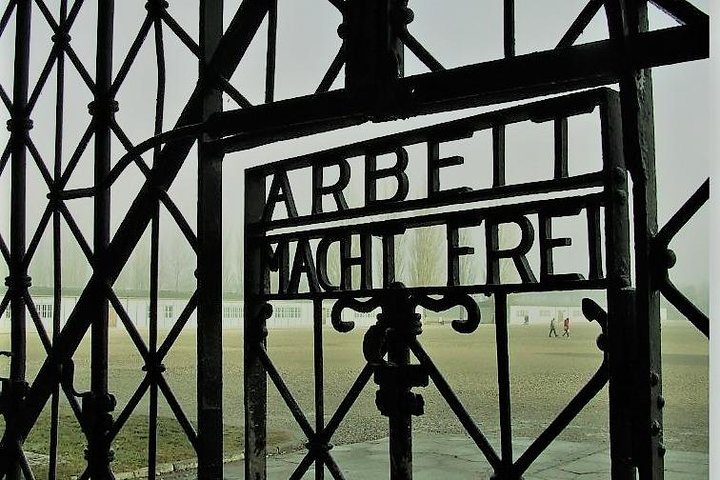Exploring Dachau: A Historian’s Journey Through Time
As a former professor of European history, I was drawn to the Dachau Small-Group Half-Day Tour from Munich to explore the depths of this historical site. Join me as I recount the profound experience of visiting Dachau, guided by the knowledgeable and sensitive James, who brought the past to life.
A Journey Through History: The Dachau Experience
The morning air was crisp as my wife and I made our way to Marienplatz, the heart of Munich, to embark on a journey that promised to be both enlightening and somber. As a former professor of European history, I have spent countless hours delving into the complexities of the past, yet nothing quite prepares you for the visceral experience of standing on the grounds of a place like Dachau. Our guide, James, met us with a warm smile and a promise to bring the history of this infamous site to life.
The Historical Context
As we traveled by train to Dachau, James began weaving a narrative that set the stage for our visit. He spoke with a depth of knowledge that was both impressive and necessary, detailing the rise of Adolf Hitler and the Nazi Party, the burning of the Reichstag, and the subsequent establishment of concentration camps. Dachau, as the first of its kind, served as a model for all others that followed. It was a chilling reminder of how quickly a society can descend into darkness.
Upon arrival, the starkness of the camp was immediately apparent. The empty buildings and barracks stood as silent witnesses to the atrocities committed within their walls. James guided us through the site, his voice steady as he recounted the stories of those who suffered here. He described the daily roll calls on the parade ground, where prisoners were forced to stand for hours, and the inhumane conditions they endured. His ability to humanize the history, to give voice to the voiceless, was a testament to his passion and sensitivity.
Walking Through History
As we moved from building to building, James shared personal anecdotes from Holocaust survivors he had met, adding a deeply personal layer to the historical facts. It was in these moments that the past felt most tangible, as if the walls themselves were whispering their secrets. The infamous Jourhaus gate, with its chilling slogan “Arbeit Macht Frei,” loomed large, a stark symbol of the cruelty that defined the camp.
James’s insights extended beyond the confines of Dachau. As we waited for the bus in a covered area, he pointed out an advertisement for “Stumbling Stones,” small brass plaques embedded in sidewalks to commemorate Holocaust victims. This seemingly small detail enriched our understanding of the broader efforts to remember and honor those who perished. Later, as we traveled through Salzburg and Vienna, we encountered these stones, each one a poignant reminder of lives lost.
Reflections and Reverence
Leaving Dachau, I was struck by the profound impact of our visit. The experience was sobering, a stark reminder of humanity’s capacity for both cruelty and resilience. James’s guidance had transformed what could have been a mere historical tour into a deeply moving journey of reflection and understanding.
For those who seek to understand the complexities of history, a visit to Dachau is essential. It is a place that demands reverence and reflection, a site where the past is palpably present. With a guide like James, the experience becomes not just an exploration of history, but a call to remember and learn from it.
As we returned to Munich, I found myself grateful for the opportunity to witness history in such a profound way. It is experiences like these that remind us of the importance of remembering, of bearing witness, and of ensuring that the lessons of the past are never forgotten. For those who travel to Munich, I highly recommend the Dachau Tour for an experience that is both educational and deeply moving.










































